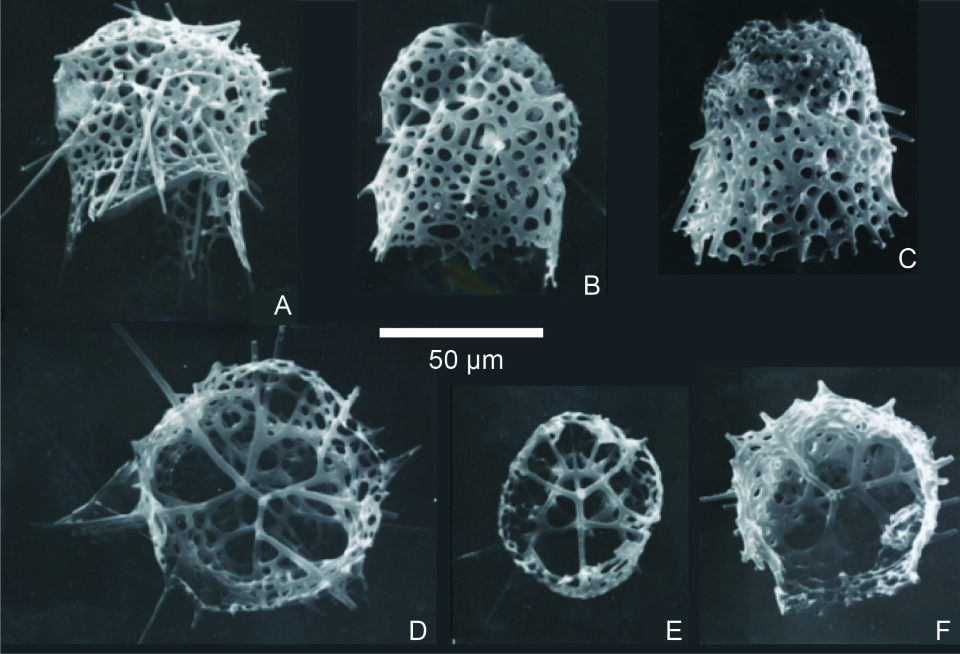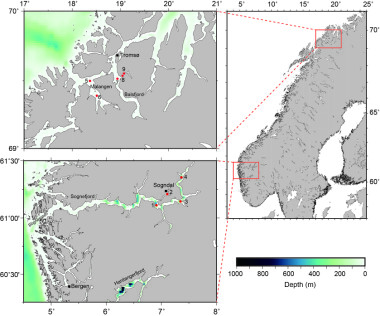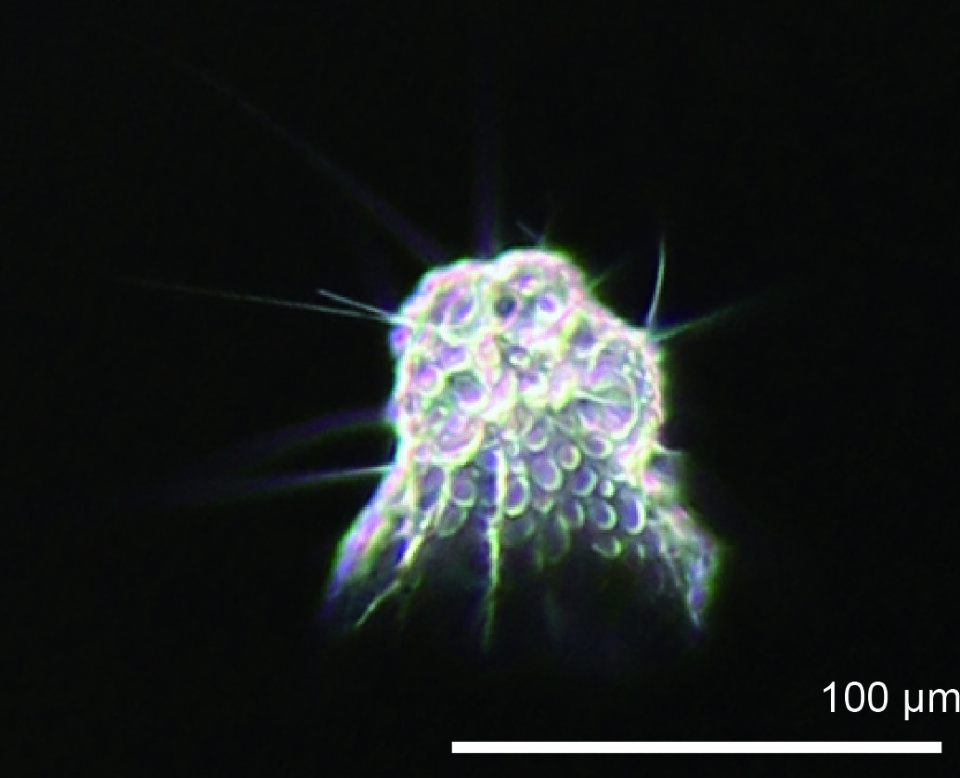
Blog: Natural Histories
Blog: natURAL HISTORIES

Warm water is bad news for ancient species
As the Norwegian fjords are getting warmer, species who have been present since the Ice Age are now gone from the fjords.
Micro-zooplankton radiolarians have been in the Norwegian fjords since the
last Ice Age, originally a cold
water association, but due to the warmer water in the Atlantic Ocean, the
cold water loving species have almost completely disappeared from our waters.
Radiolarians
are small, 1/20 to 1/5 of a millimetre in size. They have a special skeleton
made of silica or strontium sulphate. After death, their skeletons can
fossilise and have been found on the seafloor, dating back before the
dinosaurs.
Warm water is bad news for radiolarians
Cold water radiolarian species have struggled to survive as it has become warmer. Through careful monitoring, we see that some fjords, like Sognefjord, have become especially warm since the 1990’s. These tiny creatures are good indicators of the effect climate change is having on our environment. By studying them, we can understand how our actions are impacting the world around us.
Warmer water in Norwegian fjords caused by climate change
Scientists have been measuring the water temperature in the Norwegian fjord since 1940. It is undisputably getting hotter each summer. In the years 2000-2009, the temperature increased by 1.6 degrees Celsius, and from 2010-2019, it increased by another 0.4 degrees Celsius. The Sognefjord complex is connected to the Norwegian Sea. In 1990, the warmer water from the Atlantic Ocean started to influence the water environments and the organisms living there.
The disappearance of cold water radiolarians in Norwegian fjords


Especially in the Sognefjord complex, A. setosa was the dominant species
The radiolarian species Amphimelissa setosa first appeared in the North Pacific 1.5 million years ago. Through research, we have observed that during one of the periods when the world became warmer, it moved from the Pacific through the Bering Strait to the Arctic Ocean and then on to the North Atlantic.
Sognefjord complex was once home to huge numbers of Amphimelissa setosa, recorded in a survey of the Norwegian fjords in 1982-83. They are often observed at depths of 25-100 metres during summer, late summer, and winter.
A more recent survey from 2016 show they have completely vanished from Sognefjord and Sogndalsfjord in the south, Malangen and Balsfjord in the North. Scientists have continued to look for signs of these creatures throughout 2003 to 2010, but little has been recorded. We conclude that this tiny species has disappeared from the Norwegian fjord systems since the early 2000s.
Where once this cold water species was plentiful, these creatures can now only be found in the Arctic Ocean, high latitude North Atlantic Ocean, and Norwegian Sea. As the oceans become warmer, their home area has become smaller.
Adapting to the warmer water, if at all possible, will take time. Their survival in the Norwegian fjords is in question. If they return in the future, scientists will study their genes and look at the sediment in the fjords to learn more about how they adapted and how they are affected by the warming of the Earth.
(The research was conducted by JAMSTEC (Japan Agency for Marine-Earth Science and Technology), UiO (University of Oslo), and UIT (University of Tromsø). For more details, you may read the paper "Radiolaria and Phaeodaria (siliceous Rhizaria) in south-western and northern Norwegian fjords during late summer 2016: dominant species and biomass in shallow-water assemblage".)








